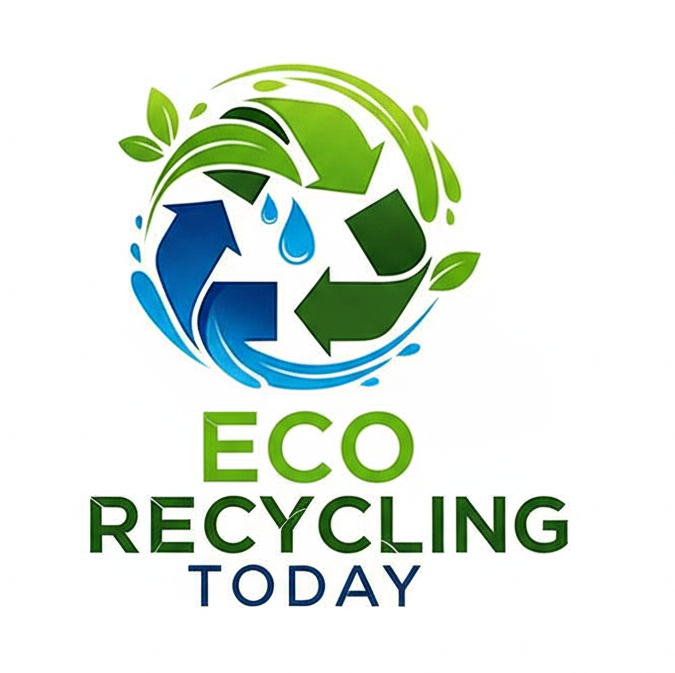Plastic pollution is one of the biggest environmental challenges of our time. With millions of tons of plastic waste ending up in landfills and oceans every year, knowing the best way to recycle plastic is more important than ever. In this guide, we’ll break down how to recycle plastic properly, why it matters, and what you can do to make a difference—starting today.
Why to Recycling Plastic
Plastic takes hundreds of years to decompose, which means every plastic bottle, bag, or container you’ve ever used still exists in some form. By recycling plastic the right way, you help:
- Reduce landfill waste
- Lower greenhouse gas emissions
- Conserve natural resources
- Protect wildlife and marine life
But here’s the catch—not all plastic is recyclable, and many people recycle incorrectly, which contaminates the recycling stream.

Best Way to Recycle Plastic
1. Know Your Plastics
Plastics are labeled with numbers inside a triangle, known as the resin identification code. Here's what they mean:
- #1 PET – Used in water bottles and food containers. Widely recyclable.
- #2 HDPE – Milk jugs, detergent bottles. Also widely accepted.
- #3 PVC – Pipes, cling wrap. Not typically recyclable curbside.
- #4 LDPE – Plastic bags, squeezable bottles. Some special programs accept this.
- #5 PP – Yogurt cups, straws. Increasingly recyclable.
- #6 PS – Styrofoam. Rarely recyclable.
- 7 Other – Mixed plastics. Usually not recyclable.
Focus on recycling #1 and #2 plastics for the greatest impact.
2. Clean and Dry Your Plastics
Dirty plastics can contaminate entire batches of recyclables. Rinse containers to remove food residue and make sure they're dry before tossing them in the bin.
3. Avoid Bagging Your Recyclables
Plastic bags can jam sorting machines at recycling facilities. Always place recyclables loose in the bin unless your local center instructs otherwise.
4. Find Local Recycling Guidelines
Recycling rules vary by city or county. Look up your local recycling program to know exactly what is accepted and how items should be prepared.
5. Take Advantage of Drop-Off Programs
Some plastics—like plastic film, grocery bags, or Styrofoam—aren’t accepted in curbside bins but can be recycled at designated drop-off locations, often found at grocery stores or community centers.
Reduce and Reuse Before You Recycle
Recycling is important, but it’s not a silver bullet. The best strategy is to:
- Reduce plastic use by opting for reusable bags, bottles, and containers.
- Reuse plastic items as much as possible before recycling.
- Refuse single-use plastics when you can.
The best way to recycle plastic is to educate yourself, follow local guidelines, and make mindful choices about plastic consumption. Every small action adds up to a big impact for the planet.
